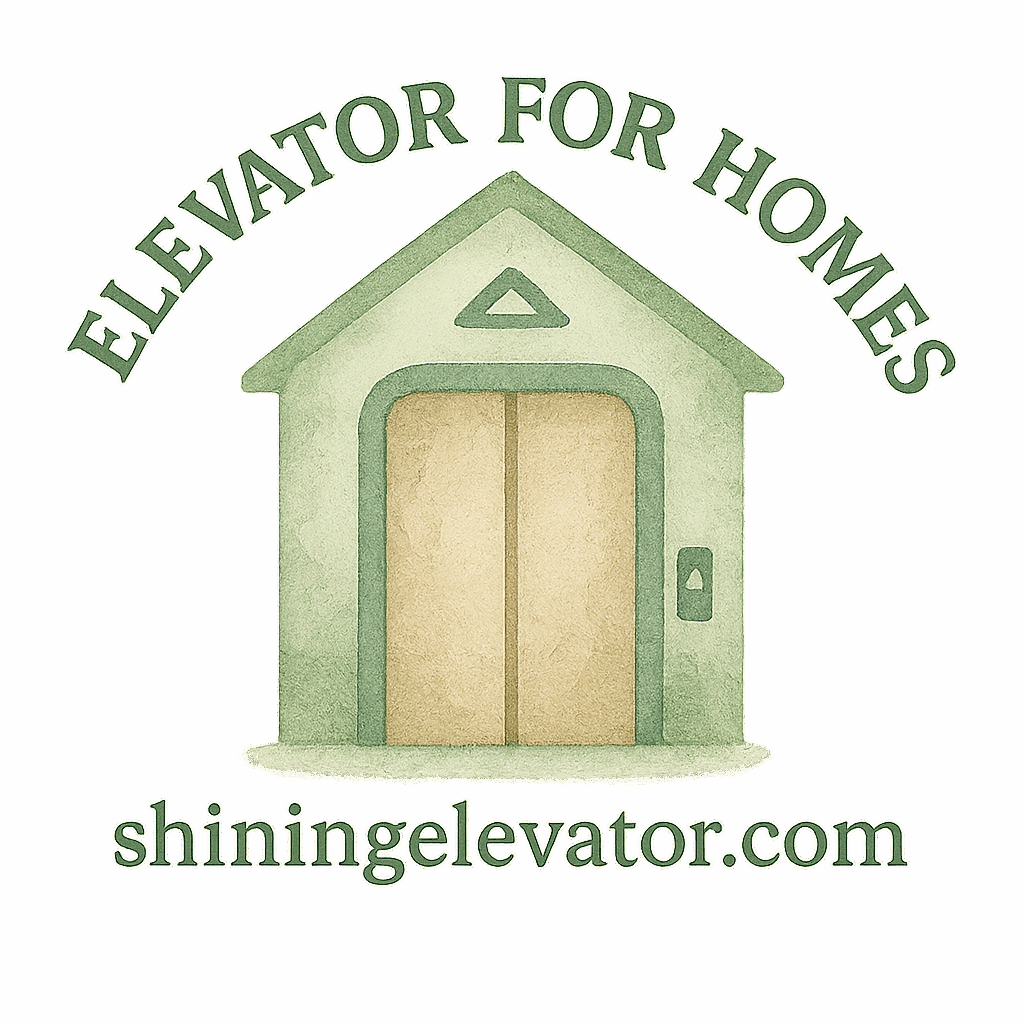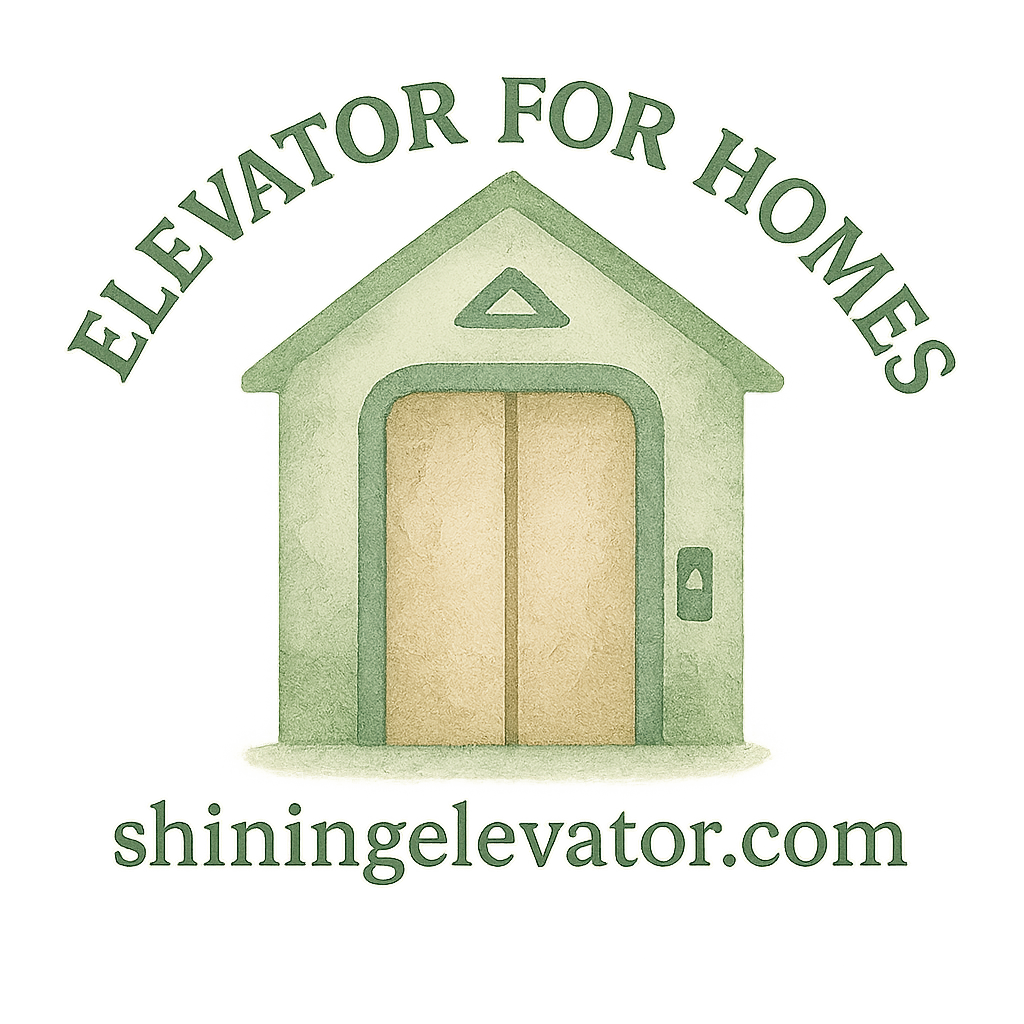Introduction
Thinking of installing a home elevator? While it can elevate your lifestyle (literally and figuratively), safety should always come first. From preventing accidents to ensuring code compliance, there’s more to residential lifts than just convenience. Whether you’re planning for the future, helping elderly parents age in place, or just adding a luxury upgrade, knowing the latest home elevator safety regulations is essential.
In this article, we’ll walk you through the 8 key safety regulations that every homeowner should know, whether you’re mid-renovation or starting from scratch. Buckle up (or maybe “elevate up”) — let’s go!
Why Home Elevator Safety Regulations Matter
Safety regulations are not just red tape — they exist to protect you, your loved ones, and your investment. A home elevator that doesn’t meet safety standards can cause injury, violate legal codes, and lower your home’s value. With the rise in compact elevator installations and aging-in-place modifications, these regulations are more important than ever.
For a safe and stylish lift, check out the design and customization options that align with modern safety codes.
1. Weight Capacity Guidelines
What Happens When You Overload?
Every home elevator has a specified weight capacity, usually ranging between 500–1,000 pounds. Exceeding this can damage the motor, trigger safety shutdowns, or worse — result in sudden drops or entrapment.
Tip: Plan with a Lift Professional
During the budgeting and planning phase, work with experts to determine the right size and weight capacity. This ensures the elevator supports your household needs — now and into the future.
Also check out: elevator-cost, maintenance-budget, and elevator-expenses for budgeting considerations.
2. Emergency Communication Systems
Why a Two-Way Communication Is a Must
Imagine getting stuck between floors with no way to call for help — scary, right? That’s why current regulations mandate a two-way emergency communication system in residential elevators.
Related to Aging in Place & Senior Safety
Especially for elderly users or people with disabilities, this feature is critical. It also aligns with home accessibility and senior safety standards. Choose an elevator that includes voice or button-activated communication.
3. Automatic Door Interlocks
Preventing Hazardous Entry While Moving
Door interlocks prevent elevator doors from opening unless the cab is securely at the floor. This stops accidents like falling into the shaft or getting stuck between floors — a must for households with kids.
How They Work
These interlocks are electromagnetically activated and tied into the cab’s position sensors. If you’re looking at elevator options, make sure this feature is included.

4. Backup Power and Battery Systems
What If There’s a Power Outage?
Modern safety regulations now call for battery-operated descent systems or backup generators. These ensure the elevator returns to the nearest floor if power is lost.
Safety for the Elderly in Emergencies
This is especially important in emergencies like blackouts or storms. Consider it essential if your elevator is used by elderly parents or those with mobility issues. Check our elevator for elderly guide.
Also related: installation-maintenance
5. Safety Brakes and Speed Governors
Critical for Preventing Falls and Rapid Descent
Elevators are fitted with safety brakes and speed governors that kick in if the cab descends too quickly — usually due to cable or motor failure.
Ensuring Proper Maintenance
Inspect these systems regularly through professional services. Regular tune-ups are vital — don’t skip out on maintenance budgets when installing your elevator.
6. Fire Safety Compliance
Fire-Rated Doors and Auto Shutoff Features
Fire regulations for elevators typically require fire-rated materials, emergency lighting, and auto shutoff systems that deactivate the lift in case of fire.
Local Building Code Considerations
Fire codes vary by state, so check with your elevator providers and ensure compliance from day one.
Related: elevator-process, home-preparation
7. Child and Pet Safety Features
Touch Panels, Gates, and Infrared Sensors
Modern elevators include infrared sensors, soft-touch controls, and light curtains to detect obstructions like pets or children’s hands — adding an extra layer of safety.
Peace of Mind for Families
Got curious toddlers or furry friends? Prioritize these features to prevent accidents and stress. Look into residential elevator safety for families.
8. Regular Inspection and Maintenance Requirements
Who Should Inspect and How Often?
Most experts recommend annual professional inspections, alongside monthly DIY checks for visible wear and tear.
DIY Checks vs Professional Maintenance
Things like strange noises, uneven movement, or slow response can signal issues. Still, always schedule a certified check-up — DIY is great, but a certified elevator company ensures total safety.
Related: installation-maintenance, elevator-installation
Understanding Elevator Codes and Standards
Key Codes: ASME A17.1 & ADA
Two key codes to know:
- ASME A17.1 – Covers mechanical, electrical, and structural elevator systems.
- ADA (Americans with Disabilities Act) – Outlines standards for accessibility.
All elevators at Shining Elevator comply with these. So if you’re in doubt — go with the pros.
How to Choose a Compliant Elevator Company
What to Ask Before You Buy
Ask:
- Do you comply with ASME and ADA codes?
- What safety features come standard?
- Do you offer customization or luxury look options?
Installation Rates & Process
Also inquire about installation rates and total project timelines.
Need a starter guide? Try our home planning page.
Conclusion
Safety isn’t optional — it’s foundational. Whether you’re building your dream home or upgrading for accessibility, understanding these 8 critical home elevator safety regulations ensures peace of mind. From automatic door locks to emergency systems and fire-safe materials, these rules exist to protect what matters most: your family.
Make safety your elevator’s strongest feature. Need help getting started? Visit Shining Elevator for expert planning, beautiful customization, and guaranteed safety compliance.
FAQs
1. How often should I service my home elevator?
At least once a year, with monthly user checks for optimal safety. Visit installation-maintenance for guidance.
2. What’s the average weight capacity of a home elevator?
Between 500–1,000 pounds. Learn more at elevator-types-features.
3. Are home elevators safe for children and pets?
Yes, when equipped with modern features like sensors and gates. Explore more in small-home-elevator.
4. What happens if the power goes out?
Battery backups safely return the cab to the nearest floor. See compact-elevator for space-saving models with emergency features.
5. Can I customize safety features in my elevator?
Absolutely! Visit design-customization to explore your options.
6. What codes must home elevators follow?
Primarily ASME A17.1 and ADA standards. Find certified providers at elevator-providers.
7. How do I choose the right elevator for my home?
Consider your home size, users, and design preferences. Start at residential-lift for expert insights.


